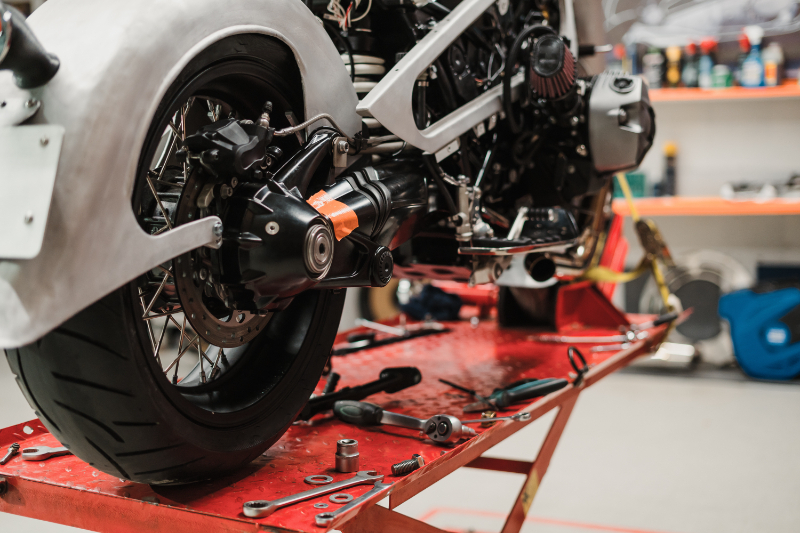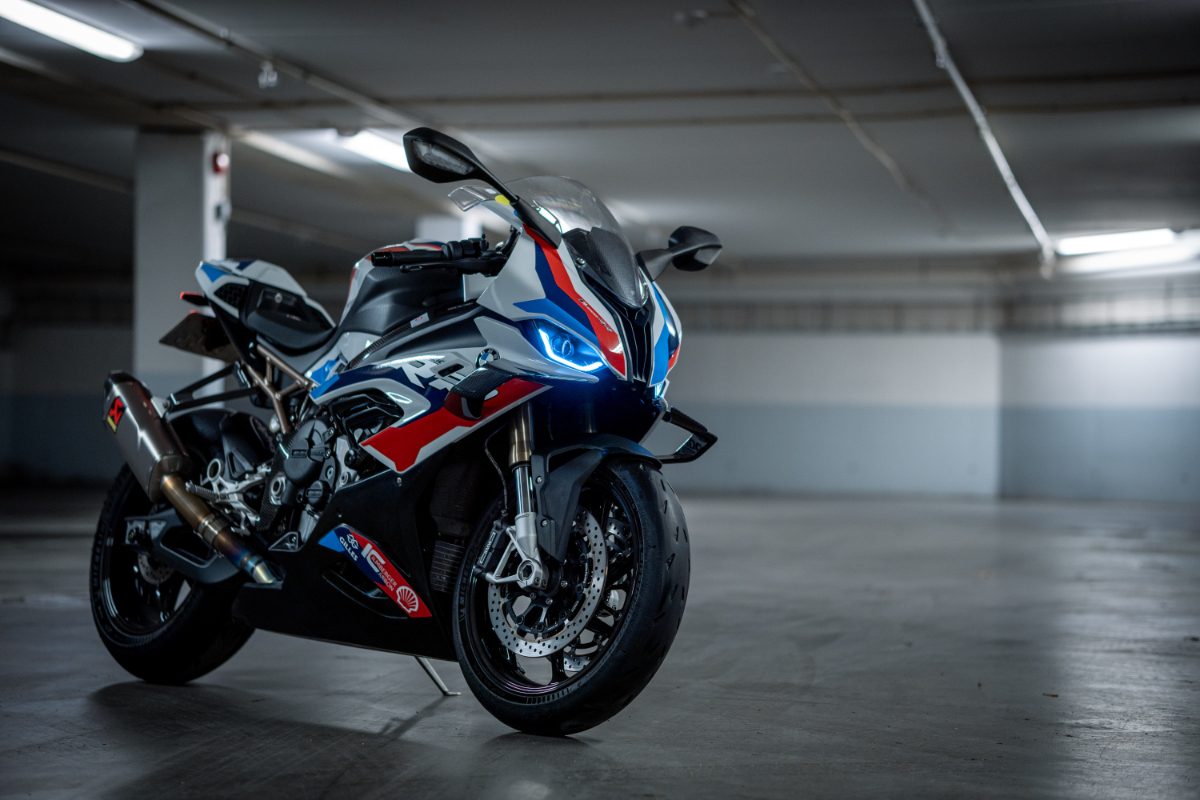Discover how carburettor balancing can improve your motorcycle's performance, engine operation, power, and throttle response.
Why Carburettor Balancing Matters for Motorcycles
Motorcycle carburettors need to be properly balanced in order for them to perform efficiently. Each carburettor is responsible for supplying the engine cylinders with the right mixture of fuel and air, and when these carburettors aren't in sync, the cylinders will receive the wrong amounts of this mixture, which can lead to performance issues.
One of the most obvious signs of an unbalanced carburettor is rough idling. The engine may feel lumpy, vibrate more than usual, or even stall when it's stationary. Riders may also experience poor throttle response, hesitation when accelerating, or a general lack of smoothness while on the road.
Running an engine with out-of-sync carburettors puts stress on the internal components, which can cause them to wear out or fail entirely. This lack of balance reduces the motorcycle’s efficiency and overall lifespan.
How Carburettor Balancing Affects Your Engine's Power
Carburettor balancing plays a crucial role in how much power your motorcycle’s engine can deliver. In multi-cylinder bikes, each cylinder has its own carburettor or shares one in pairs, and these cylinders need to work together and be in perfect sync. If they are out of balance, the air-fuel mixture becomes uneven, which can directly affect your combustion and engine performance.

When carburettors are properly balanced, all the cylinders receive the same ratio of air and fuel. This ensures that combustion occurs evenly across the engine, allowing it to run better.
A well-balanced carburettor setup also makes the bike's throttle response faster, which gives the rider more control over the bike and more confidence on the road.
On the other hand, unbalanced carburettors disrupt this harmony. Some cylinders may receive too much fuel, while others may not get enough. This imbalance can lead to vibrations, power loss and poor throttle response, and over time, the lack of synchronisation can make the engine feel weak and underpowered compared to its true capability.
When all the cylinders share the air and fuel evenly, the engine doesn’t have to compensate for weaker cylinders. As a result, the bike can function at peak efficiency and power, which is especially important for sport or touring motorcycles, since consistent performance and power are vital.
Improving Throttle Response
Throttle response is one of the most important aspects of your motorcycle's performance since it determines how quickly and smoothly the engine reacts when the rider twists the throttle. For bikes with multiple carburettors, balancing them correctly is vital to achieving crisp and predictable throttle response across the rev range.
Each carburettor regulates the mixture of fuel and air that enters a specific cylinder. When these cylinders aren't properly synchronised, they will receive uneven mixtures, which can lead to inconsistent combustion. This imbalance creates delays or hesitation when the throttle is opened, which can make the bike feel sluggish or jerky, and in severe cases, it can even cause misfiring or stalling during low-speed manoeuvres.
However, balanced carburettors deliver even amounts of fuel and air to each cylinder, allowing them to fire in harmony. This means the engine can respond instantly and translate the rider’s throttle input into smooth acceleration.
This is particularly beneficial when you're overtaking, cornering, or riding in traffic, since precise and accurate control is essential. Carburettor balancing gives the rider a more direct link between the throttle input and the rear wheel, which can boost both the motorcycle’s overall performance and the rider’s confidence on the road.
When and How Often to Balance Your Carburettor
Carburettor balancing is a crucial part of routine motorcycle maintenance since it ensures the bike runs smoothly. As a general rule, carburettors should be balanced every 6,000 to 12,000 miles, or roughly once a year for regular riders. However, older motorcycles or bikes that are ridden harshly may need more frequent checks. On the other hand, a newer bike with a well-maintained engine can go longer between carburettor adjustments.

Apart from mileage, there are other signs that indicate it’s time to balance the carburettors. Rough idling, increased vibrations, poor throttle response, or difficulty maintaining speed are all signs that the cylinders are out of balance.
Riders may also notice signs of poor fuel efficiency or uneven exhaust sounds, which are signs that not all the cylinders are working in sync. If the bike stalls unexpectedly or feels sluggish when you're accelerating, it's likely that the carburettors are unbalanced.
The ideal time to have the carburettors balanced is during a routine maintenance service. Many mechanics can check the bike's balance alongside valve clearances and ignition timing adjustments to keep the engine running at its best.
Special tools, such as vacuum gauges or digital synchronisers, are used to measure the intake pressure of each cylinder before they are aligned. This ensures that there is even fuel-air distribution between the cylinders so that your motorcycle can run smoothly and efficiently.
We provide expert motorcycle carburettor balancing services to ensure your bike performs smoothly and has sharper throttle response times and improved fuel efficiency. With our expert services, you're guaranteed to receive a bike that’s efficient, safe and reliable.
